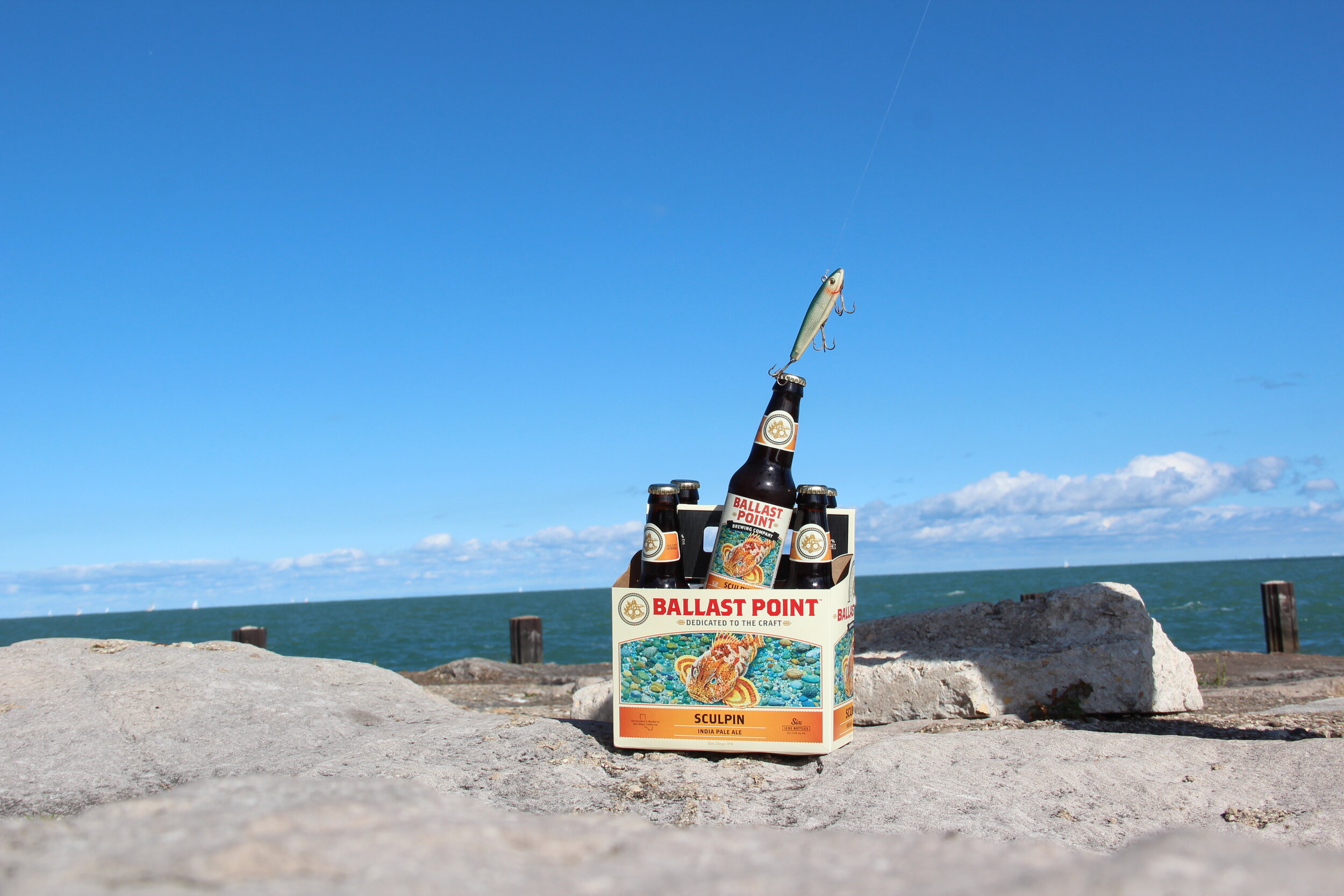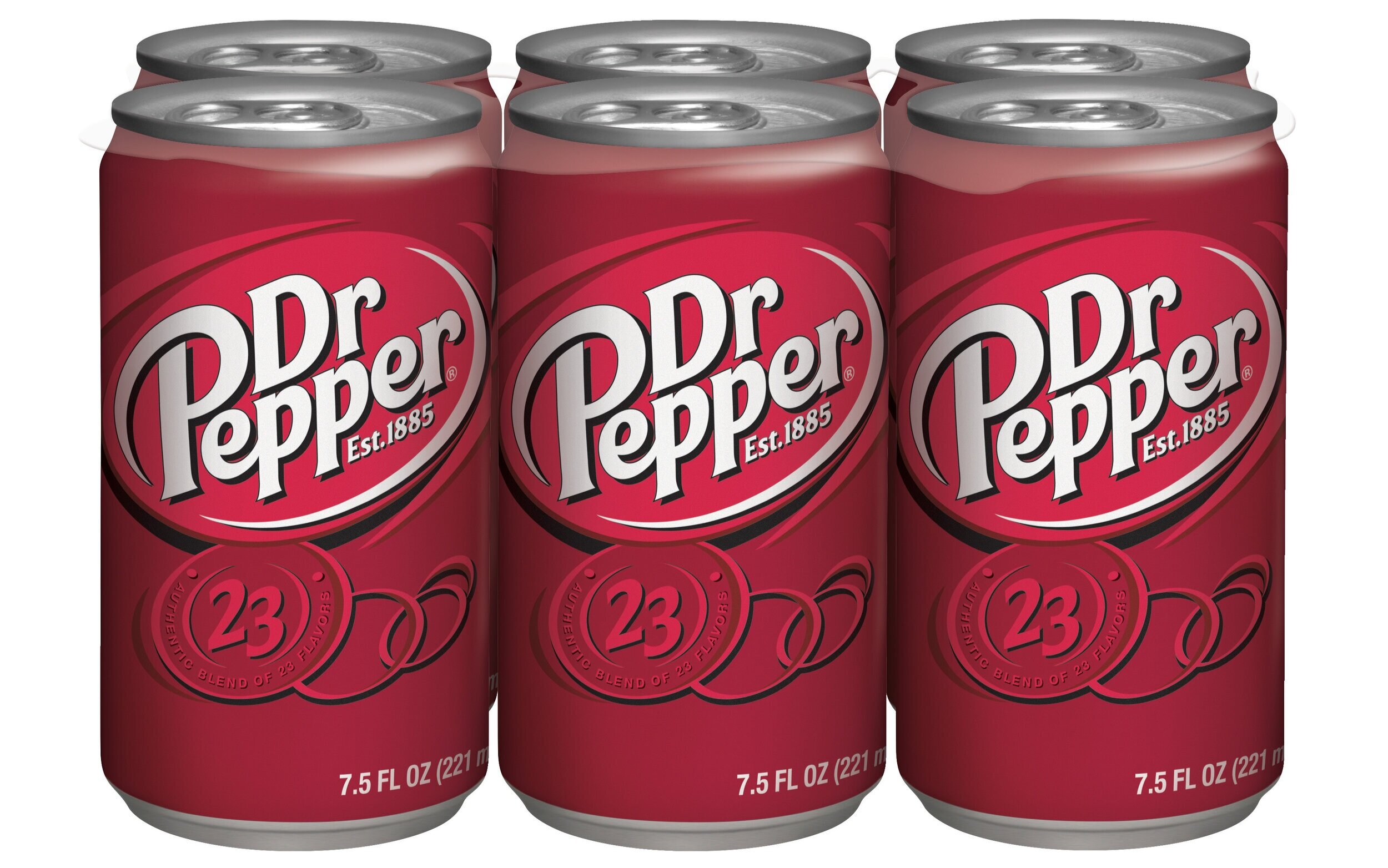The Price is Might
And here I was, worried that all we would be talking about in 2020 is craft beer’s push into Hard Seltzer. Instead, most of the Brewers Association Top 10 have resisted the temptation in favor of a disguised alternative, the Low Cal IPA. This strategy protects from losing customers who find themselves preferring to “keep it light”. While understanding that a calorie count around 100 means a sacrifice on flavor, I still found myself curious to see what the most sophisticated craft breweries in the country would develop. But after getting rung up for a six-pack last week, I found myself fascinated by another topic that has nothing to do with how it tastes.
Pricing is arguably the most complex topic in the beer industry. How a brand is priced will determine its future including how far & wide it can go, who and how many it can reach. The elasticity of demand, meaning the responsiveness of volume to fluctuations in price, is more theoretical in nature. It’s not an accessible metric for most craft brewers in search of the most efficient price. Instead, breweries deploy an artful combination of research, data, experience, relationships, and my favorite, instincts.
Ballast Point’s sale in late 2019 spurred a lot of conversation on social media. Rehashing the history of this iconic San Diego brewery never fails to mention price. Not just the billion dollars that the brewery sold for, but how Sculpin IPA set the bar for just how premium an IPA could be positioned. Despite costing no more to produce than most $10.99 six-packs on the market, Sculpin thrived for many years at $15.99. Higher margins for all three tiers lead to heightened share of mind from distributors and retailers. Combined with an engaged customer base, that was enough to attract the deep pockets of Constellation Brands. While the liquid was excellent, it was the price of Sculpin that created its mystique.
Lighten Up
Speaking of beers with fish 🐟on the label…late last summer Bell’s, the nation’s 7th largest independent craft brewery, teased us with the artwork for their new release called Light Hearted. The big reveal generated a lot of attention and for so many reasons:
The can is beautiful with a clean, but retro feel.
The brand name contains the word "light”, previously considered a no-no for craft.
The name is clever and along with the imagery, connects perfectly back to their workhorse, Two Hearted.
The liquid sneaks below the 4.0% Mendoza line for where we’d typically see a “Session” IPA land, in this case at a meager 3.7% ABV.
The can tastefully calls out “Lo-Cal IPA” on the bottom of the can and its 110 calories on the carton.
And most importantly, it is not a Hard Seltzer 😎
So when six-packs finally hit shelves last week in Chicago, I eagerly picked up a fresh one. When the register displayed $10.99, I glanced up the beer buyer. He knew exactly what I was thinking and replied, “Yep…same as Two Hearted 🤷♂️”
don’t Hate the Player
Now you’re probably thinking that I was annoyed at the price. Working in finance at a sizable brewery myself, I can reasonably guess the cost disparity between Light Hearted and Two Hearted. As far as the liquid itself goes, that delta is significant. Malt is expensive and Light Hearted will consume far less. But no, I wasn’t upset at all. I actually found myself tipping my cap to Bell’s for protecting their brand and its status on the shelves, versus racing to the unsustainable bottom.
By employing price parity between Light Hearted and Two Hearted, Bell’s can squeeze out the maximum amount of margin in its early days. Over time they can run tests, pulsing the price down, to judge its effect on volume and adjust if needed. Starting high affords them options going forward. It’s a whole lot easier to go down in price than up.
If a Two Hearted drinker burns out from 7% ABV and is converted into a Light Hearted drinker, the brewery’s total margin actually goes up. Overtime, as long as the combination of Two Hearted + Light Hearted sales equals what Two Hearted previously did, again, total margin goes ⬆️. The challenge and risk for Bell’s lies in the question of whether they can generate enough new drinkers with a $10.99/six-pack cost of entry.
Hate the Game
I understand the opinion of anyone asking, “Who would pay $10.99 for a 3.7% IPA when they could have a 7% version for the same price?” These are the same people I’ve heard say that they’d rather drink a Two Hearted, then just go for a run to make up for it. While I get where they’re coming from, they’re just not the audience. Personally, if I’m motivated enough drag my butt to the gym, I’m going Light Hearted so that I give back less of the work I just put it. #TeamLightHearted
Historically, I’m a big Dr. Pepper drinker and when I began to cut back I would find myself happily paying more money for a six-pack of 7.5oz cans than a twelve-pack of 12oz cans sitting right next to it on the shelf. When health and wellness is on the mind, price tends to lean more inelastic.
Winding Down
All this talk of more margin 💰 isn’t about greed, it’s about staying in the game. Running a brewery gets more challenging each year as the market flattens out. Employers have a duty to look for volume and new sources of margin to continue to protect and invest back in the business, take care of their employees, and provide growth opportunities, including raises. It’s a copy cat industry in a lot of respects, but holding the line on price is one strategy that I hope to see other breweries mimic. Protect the brand by protecting its price and let the acquired breweries race each other to the bottom. Play the long game.




